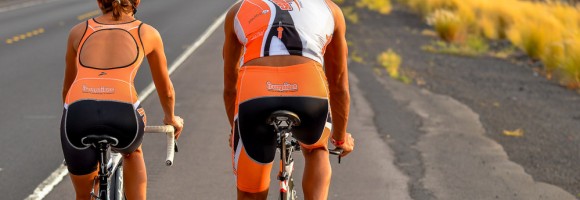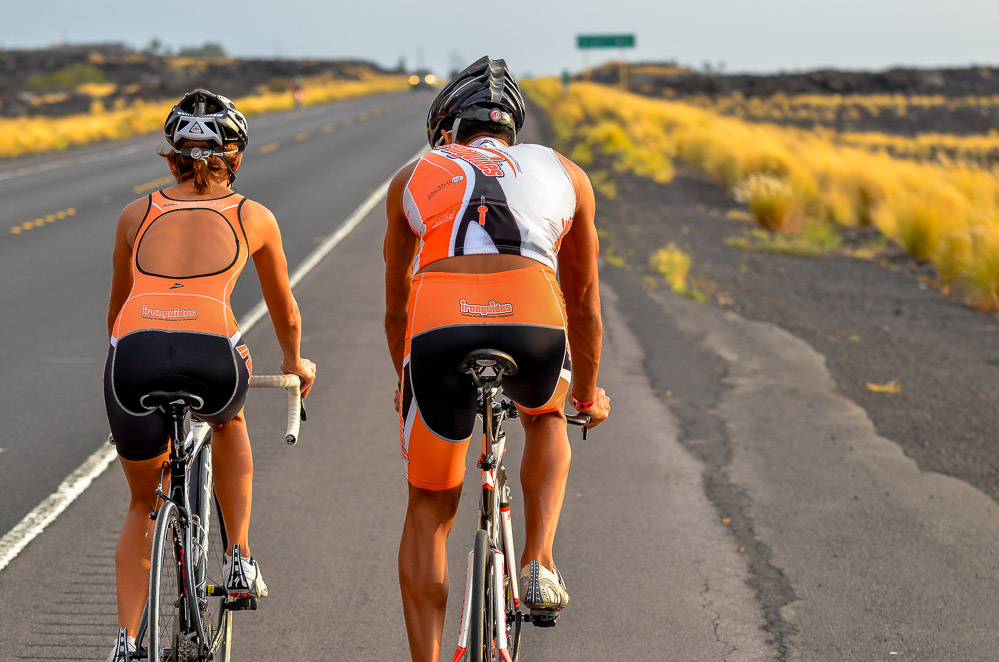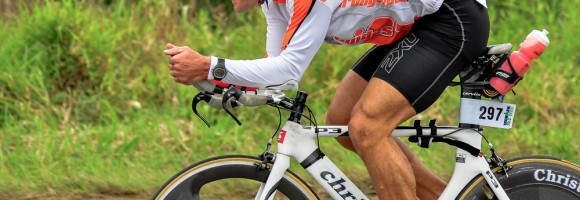Pullbuoys feel great because they help you float nicely in the water. Paddles immediately let you know that you’re working harder and increase your distance per stroke. Everybody is happy to use these 2 tools because they enhance the feel for efficiency in the water.
–
Train with ironguides!
Personalized Online Coaching: Starting at USD190/month
Monthly Training plans (for all levels, or focused on one discipline): Only USD39/months
Event based training plans:
Sprint Distance (USD45 for 8-week plan)
Olympic Distance (USD65 for 12 week plan)
Half Ironman (R$95 for 16-week plan)
Ironman (USD145 for 20-week plan)
X-Terra (USD65 for 12-week plan)
Running Plans (10k, 21k and 42k – starting at USD40)







Recent Comments